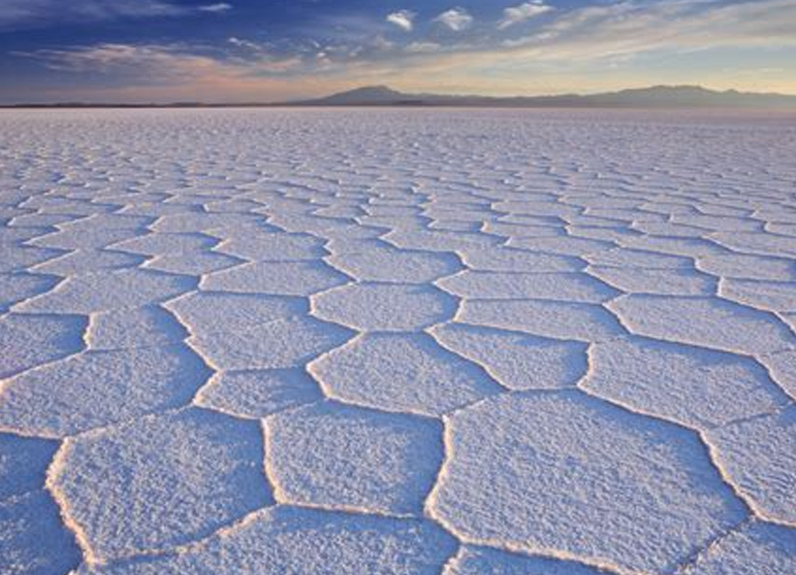Rio Tinto, General Motors and even the US Energy Department are investing heavily in a crop of newer technologies that could revolutionize the way lithium is produced for electric vehicle batteries.
Now those technologies just have to prove they work on a commercial scale.
If they do, miners will be able to boost global lithium production with a footprint far smaller than open-pit mines and evaporation ponds, which often are the size of multiple football fields and unpopular with local communities.
These so-called direct lithium extraction (DLE) technologies extract the white metal from brine using filters, membranes, ceramic beads or other equipment that can typically be housed in a small warehouse. But they often use lots of potable water and electricity, and none have worked at commercial scale.
Global automakers, mining companies and investors are pouring millions of dollars into DLE companies, betting they can supply the bulk of the lithium needed to power the electric vehicle revolution.

“It’s such a game changer. There’s huge opportunities,” US Energy Secretary Jennifer Granholm told an energy conference last month about DLE.
Granholm’s department has given Warren Buffett’s Berkshire Hathaway Inc a $15 million grant to test DLE technology at California’s Salton Sea, under which sit large geothermal lithium deposits, and is considering funding other DLE projects.
DLE technologies would challenge traditional miners such as Albemarle Corp, the world’s largest lithium producer, and prospective miners such as Lithium Americas Corp, ioneer Ltd and Piedmont Lithium Inc.
Albemarle is studying various DLE technologies but its executives have said DLE likely works best when engineered for a specific lithium deposit, which could curb enthusiasm.
Large water usage by several types of DLE technologies has raised eyebrows. The technology General Motors Co is relying on to supply a “sizeable amount” of its lithium from the Salton Sea region uses 10 tonnes of water for every tonne of lithium produced.
